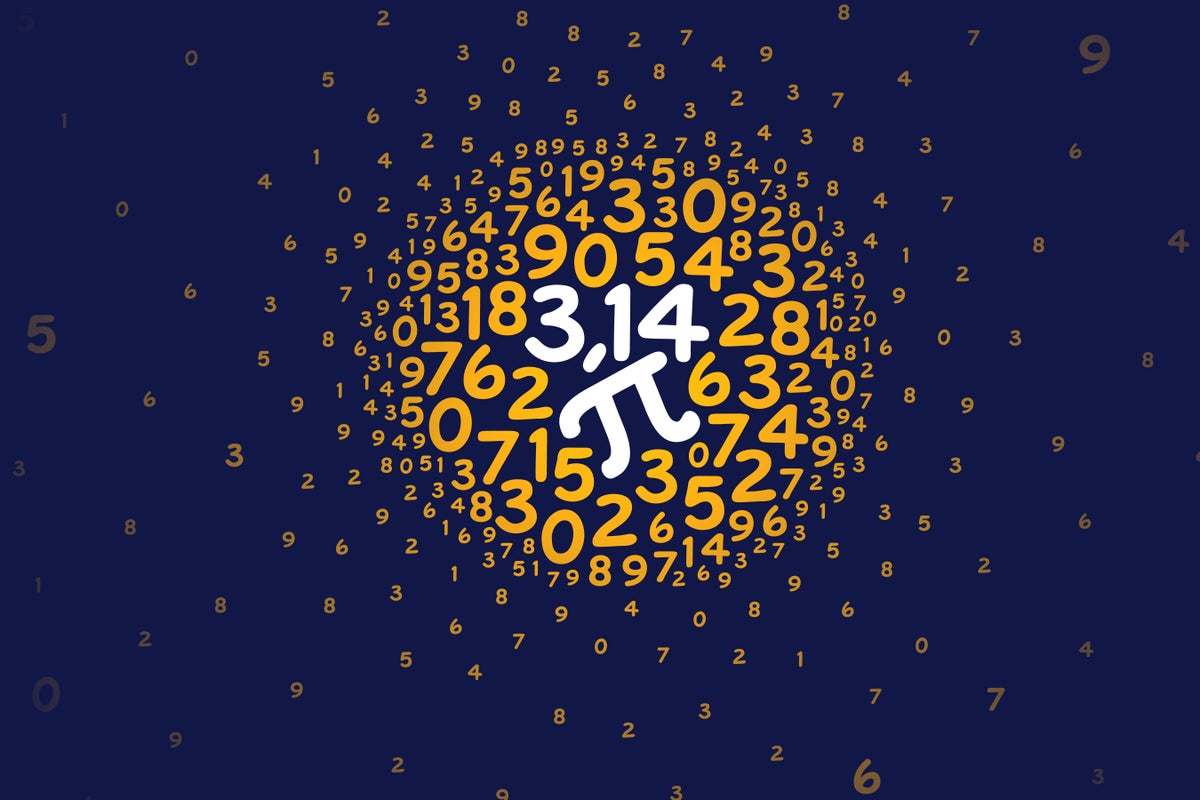- cross-posted to:
- [email protected]
- cross-posted to:
- [email protected]
In January 2024, physicists Arnab Priya Saha and Aninda Sinha at the Indian Institute of Science discovered a new formula for calculating pi while studying string theory interactions[1]. Their research, published in Physical Review Letters, presents a series representation that converges much faster than historical methods - requiring only 30 terms to reach 10 decimal places, compared to 5 billion terms needed for the 15th century Madhava series[1:1][2].
The formula emerged unexpectedly while the researchers were developing models to understand quantum particle scattering using string theory, which treats fundamental particles as tiny vibrating strings[1:2]. “Our efforts, initially, were never to find a way to look at pi,” said Sinha. “We were excited when we got a new way to look at pi.”[3]
The discovery has sparked debate in the mathematics community. While some highlight its theoretical significance, others like mathematician Peter Woit argue the findings have been over-hyped in media coverage[4]. The formula’s key innovation is a free parameter λ that allows for infinitely many representations of pi, with Madhava’s historical series emerging as a special case when λ approaches infinity[1:3].



Pi is certainly a strange thing, not only a number to calculate circles, Pi is also found almost everywhere in the nature, in trigonometry and even in Heisenbergs uncertainty principle.
No surprise it is found in the strings at the very core of reality.